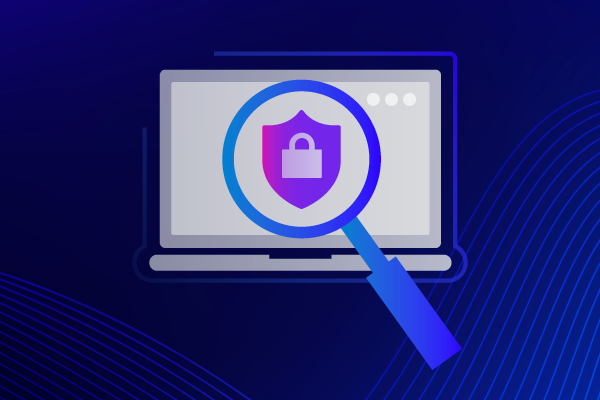What Is Cyber Resilience?
Cyberattacks are on the rise, and very few businesses are prepared for them. Believe it or not, the average business takes 191 days (more than 6 months) to notice a breach. By then, the damage is already done.
Some companies, however, have developed plans not only for cybersecurity but also for resilience in the event of a breach. So, what is cyber resilience, and why is it so important? Let’s talk about that!
What is cyber resilience?
Your cyber resilience is determined by your thoroughness in preparing for, dealing with, and recovering from a cyber attack. Your ability to foresee, identify, detect, protect, respond, isolate, and, most importantly, recover from a cyber attack determines how resilient you are.
Cyber resilience differs from cybersecurity, which is usually what businesses focus on most. Often, this means businesses are focusing on just one part of the problem. A cybersecurity strategy won’t eliminate the risk of suffering from a cyberattack, but it will certainly reduce the risk. However, it’s still important to prepare for being hacked.
Being prepared doesn’t mean being invincible
Remember, it’s one thing to have stellar cybersecurity, but there’s no perfect solution that will keep you 100% protected from any type of attack. Equifax, the Colonial Pipeline, and other large enterprises have suffered large-scale attacks for something as simple as a compromised password.
A breach can harm any business, big or small. Being prepared for the worst-case scenario is still critical, especially when it comes to resilience.
Why is cyber resilience so important?
Last year, the number of cyberattacks in all of 2020 was exceeded by September 2021, and the number of ransomware attacks was surpassed even sooner than that. Clearly, cyberattacks are sharply on the rise, and businesses need to be prepared.
Small businesses should be on high alert as they tend to be a favored target — that puts small and medium-sized businesses at higher risk for attacks. They typically have weaker security than large businesses and more money than individuals.
Of course, improving cybersecurity is critical, but not perfect. Social engineering scams are also on the rise, where attackers use psychological manipulation to convince employees to reveal sensitive information.
Since no protection is perfect, it’s important to have a plan in place to bounce back after an attack. Believe it or not, over 60% of businesses fail within six months after an attack. For that reason, it’s critical that all businesses have a plan in place for resilience.
Having strong cybersecurity is only half of the solution. Being prepared for that security to fail is the other half, and it can save you and your clients from disaster.
However, none of this mentions the fact that you can increase confidence among customers, staff, and vendors. That’s another major benefit along with preventing greater financial losses.
How to make your company cyber resilient
Now that you understand what cyber resilience is and why it’s so important, you’re probably wondering how you can get started. Luckily, it’s easier than you think. Here’s what you can do today:
Educate staff
Employee training is an often overlooked, but essential, part of cybersecurity. Anybody with access to your network and company data needs to be on the same page.
If you and your team are 100% trained in cybersecurity, then great, you’ve closed one potential door for attackers to infiltrate your network. If your staff aren’t all on the same page, there are still plenty of open doors leaving you vulnerable.
Most are savvy enough not to wire money to the Nigerian prince, but with the rise of deep fake technology and sophisticated phishing scams, employees may fully believe they’re sending sensitive information to the right hands. If that’s the case, then your data isn’t safe.
Team members with access to sensitive information need to be trained on preventing scams, safely storing and sharing data, where to report potential issues, and how to respond to potential threats. This is critical for both security and resilience.
Develop a resilience plan
Having the right infrastructure and plans in place is the best way to ensure long-term cyber health. For example, backing up your data with cloud continuity can help ensure that your data will never be lost forever.
Once you have the security infrastructure in place, developing a response to a potential attack and getting your employees on board is essential. Remember the critical factors after a breach: detect, respond, and recover.
Ask for help
With the help of trusted cyber security resilience experts, you can improve your strategy dramatically today. With cyber security consulting, you can develop the right plan for your company’s needs and ensure long-term safety for you and your clients.
With managed services on top of that, you can protect your business to the fullest extent. Business monitoring is the only way to identify and isolate an attack in time, so find the right services for your business and start using them today.
Stay safe & secure
Now that you know the importance of cyber resilience, find the right services for your needs and keep your business safe. Nowadays, data is the heart of a business, so it’s more important than ever to keep your data protected.
Stay up to date with our latest cybersecurity news and contact us with any questions or for help with your cyber security resilience strategy!



